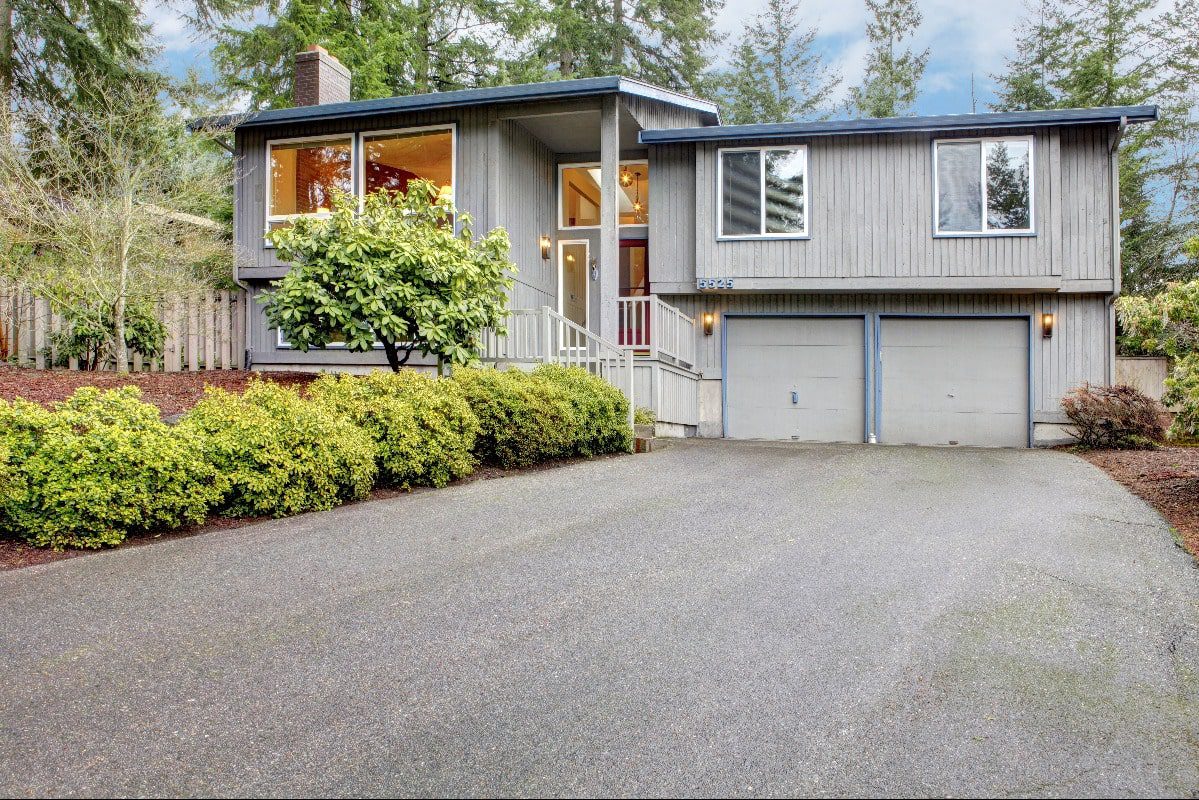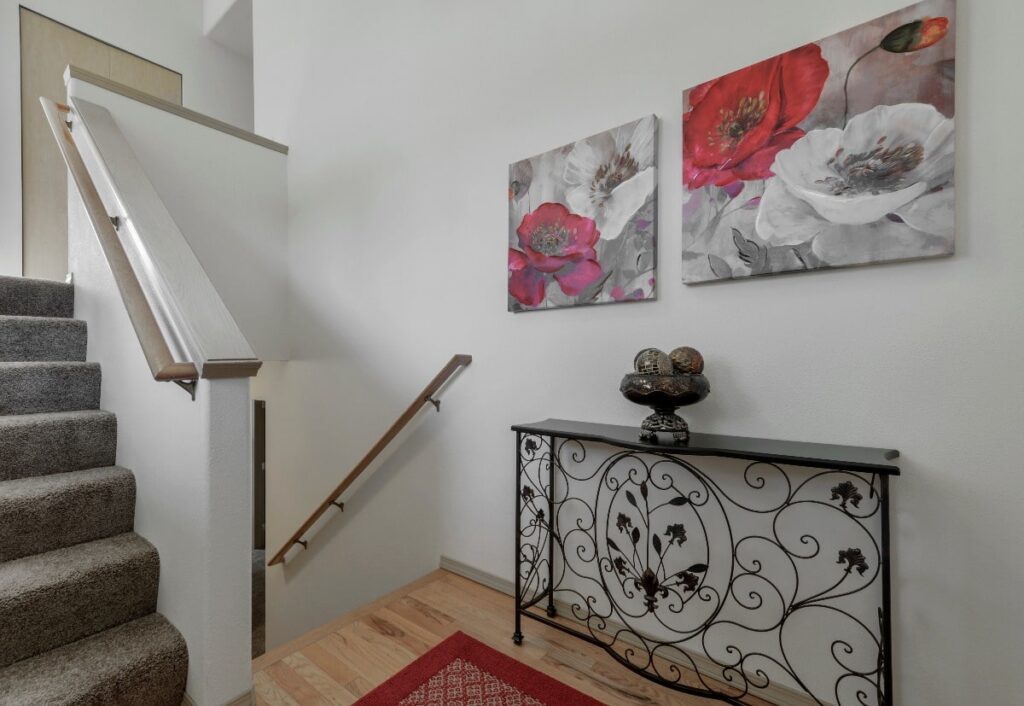What is a Split-Level House?

When searching for a rental home, many of us go online looking for vacancies and try to decipher words like cute, cozy and efficient. There are also descriptions of what type of house is listed for rent such as detached dwelling, multi-family home, mobile home or condo. Sometimes, words like a ranch, colonial and split-level housing will be used. If you're curious what a split-level house is — you're in the right place.
Split-level homes are a style that was widely popular a few decades ago and now are seeing a resurgence in popularity.
What exactly is a split-level house?

A split-level house is a home that's divided into multiple levels or stories. Common features of a split-level can include low-pitched roofs or an integrated garage that is attached to the home, often below a living area. Split-levels will often have large living areas and multiple attics, and many traditional designs also feature large picture windows.
Split-level houses can have different orientations, and the different levels are usually not a full story difference in height. You may be thinking of those sunken living room houses from the '70s — and that partial height difference is one example. There are also side splits, back splits and standard splits, meaning that the level separation can come at any point in the home construction. However, where the split occurs may have significant impacts on the flow of traffic in the home.
In addition, there are also stacked split houses, which can be confused for a two-story house by many.
What is the difference between a split-level house and a two-story house?
When asking what a split-level house is, many people may also wonder what the difference is between this type of home and a two-story house. Put simply, the difference is the alignment. If you think of a ranch home as a single Lego brick, a two-story home would be two bricks stacked on top of each other with matching edges. In the case of a split-level home, this alignment would be more like three legos with two stacked and one off to the side that meets in the middle.
For this reason, a split-level house is sometimes called a tri-level home and typically has three distinct stories, all at different heights. It's important to note that three levels do not necessarily mean more square footage than a traditional two-story or ranch home.
What are the disadvantages of split-level houses?

Simply put, split-level houses can be awkward. The whole point where the three levels join together creates a typically awkward entryway. Split-level homes may not be great for those with physical disabilities or that have difficulty climbing stairs. Families with young children may struggle to get strollers and baby goods up and down floors. Due to the multi-story design, some people may not like the separation of living spaces. A family with many children may not like having bedrooms on separate stories, for example.
Are split-levels making a comeback?
Split-level homes have been increasing in demand since 2004, peaking in 2017, and are making somewhat of a comeback during the pandemic. The split allows for a better upstairs/downstairs situation for many — creating the perfect atmosphere for a home office or schoolroom. The added separation allows for more privacy for work and business while not affecting the living space nearly as much. Split-levels typically have a better yard space due to their space-efficient stacking as well. More yard space has been a huge selling factor for many since 2020 with so many stores and public spaces closed.
In addition, split-level homes are often more affordable to rent since these waned in popularity for many years. The disadvantages of a split-level home have triggered these home prices to drop, which in turn, has also reduced the monthly rental price for many. The affordability and pandemic-friendly space layouts have definitely promoted an increase in the desire for split-level homes.
A split-level rental home may be a great find for your family, or it might cause headaches you don't need. It's all really what works best for you. If you’re considering buying a split-level home to rent out to tenants, talk to your local realtor or rental home agent to learn more.

